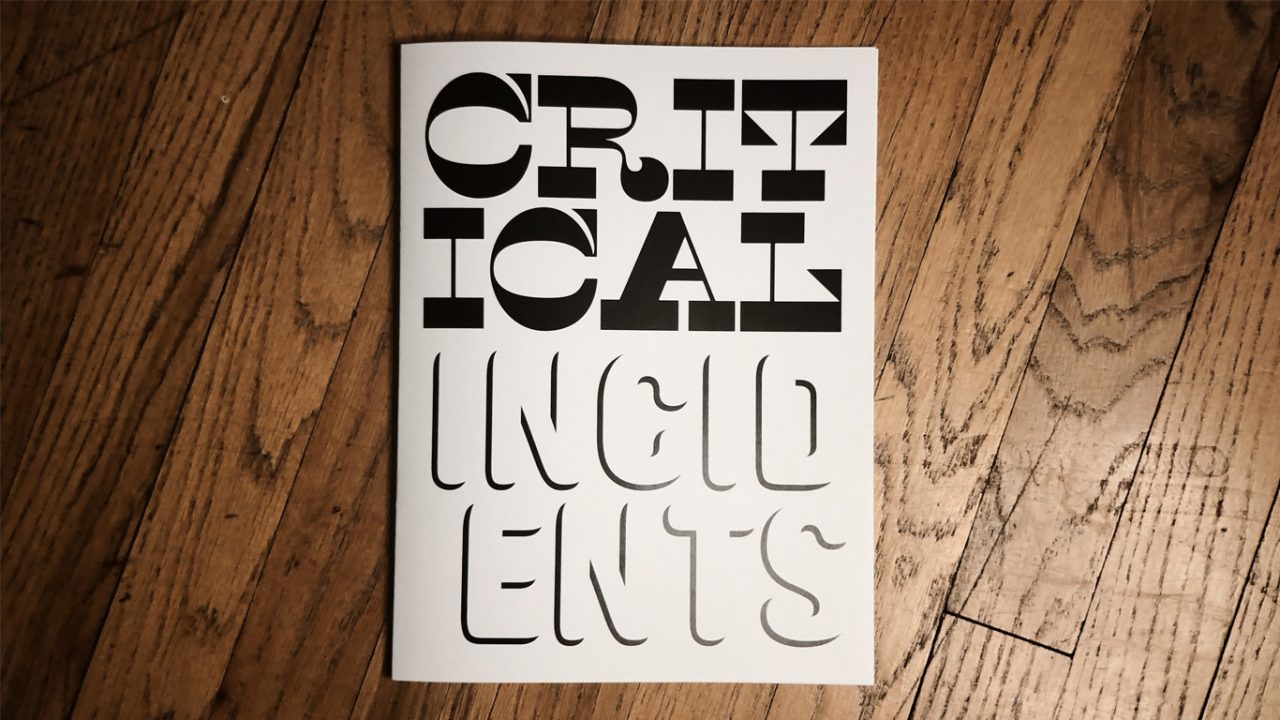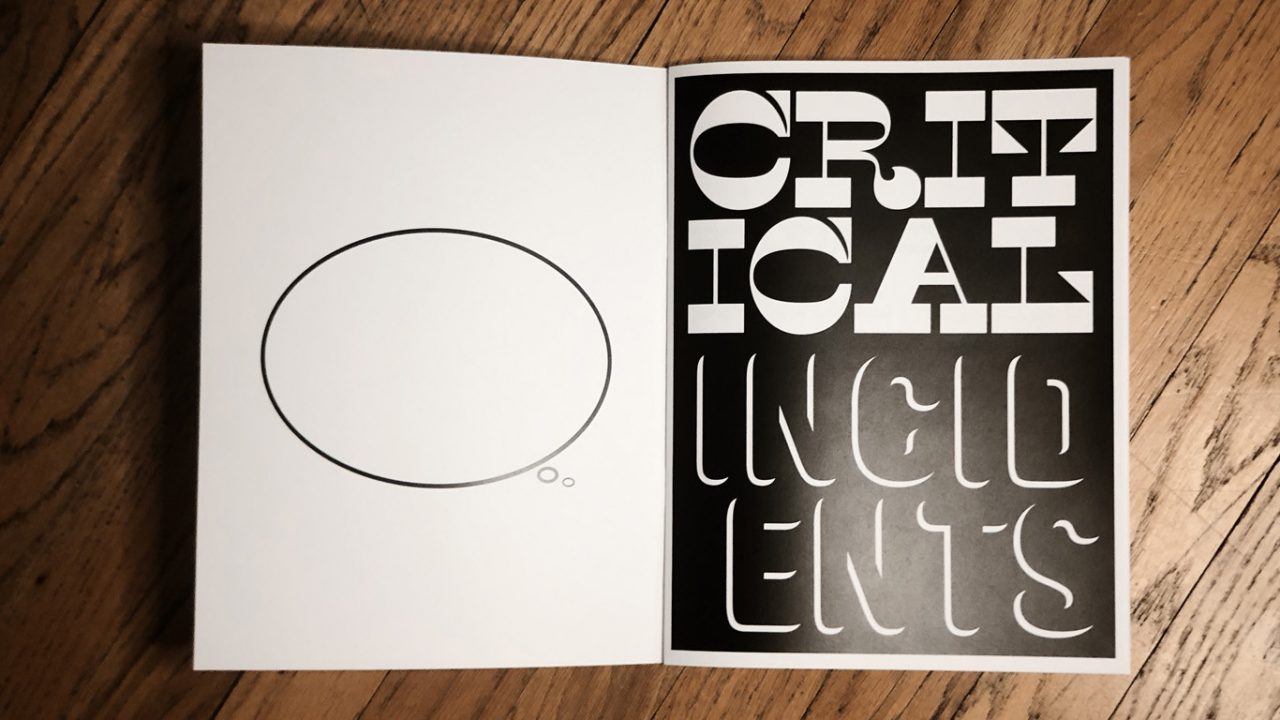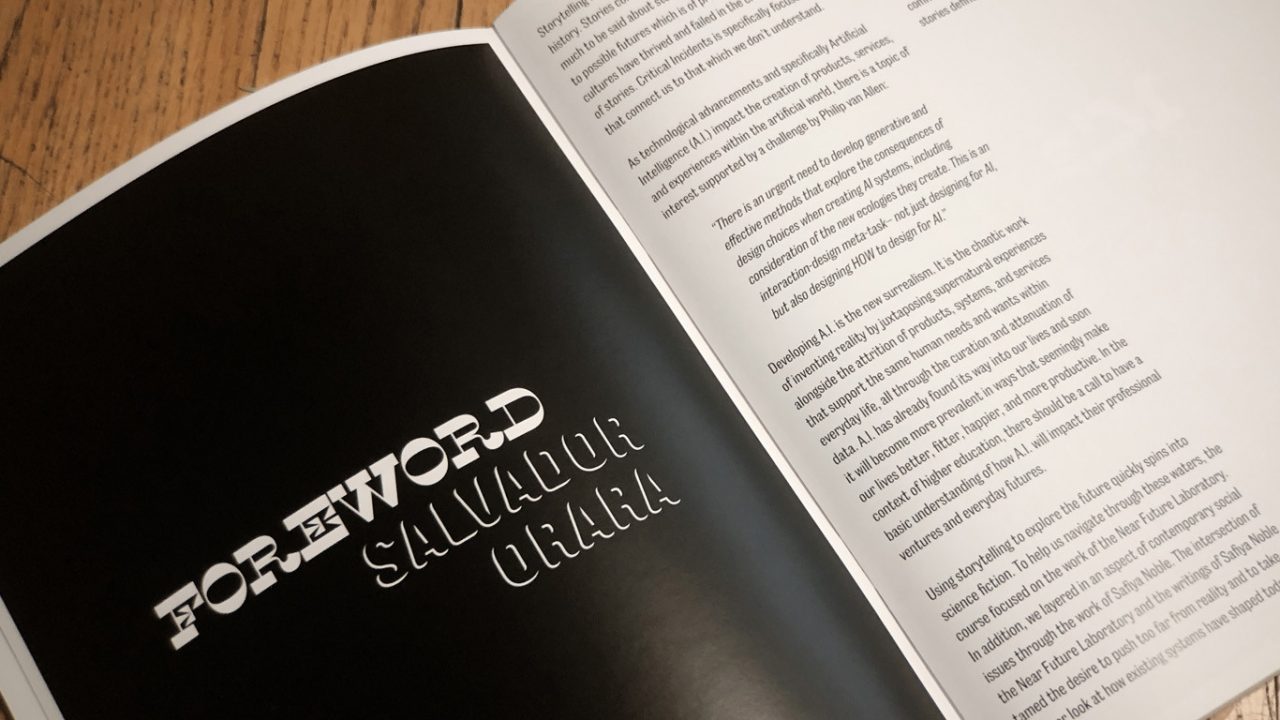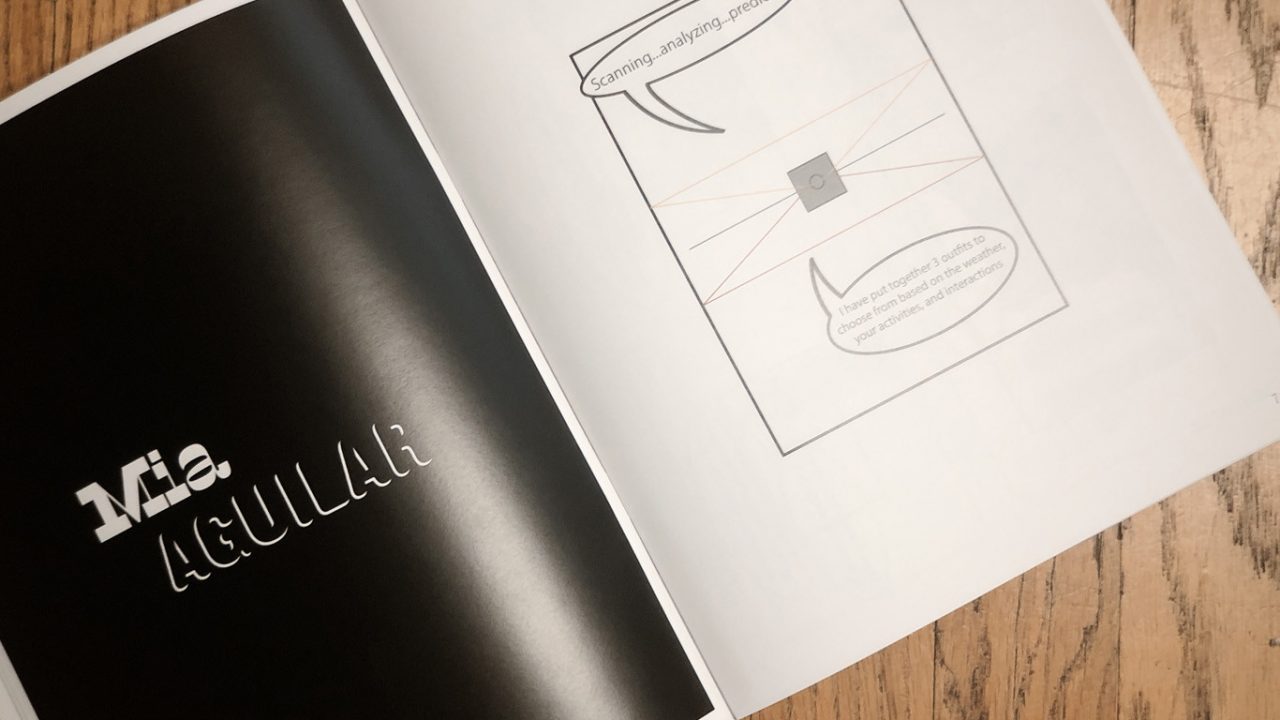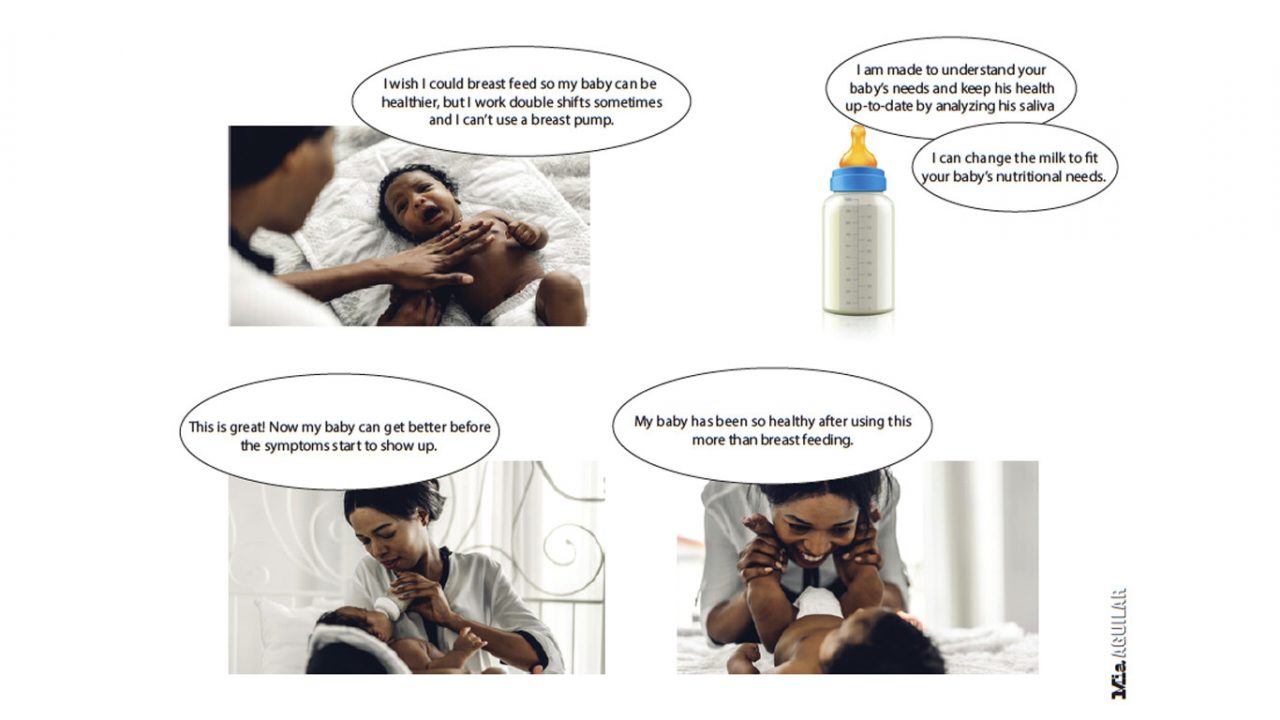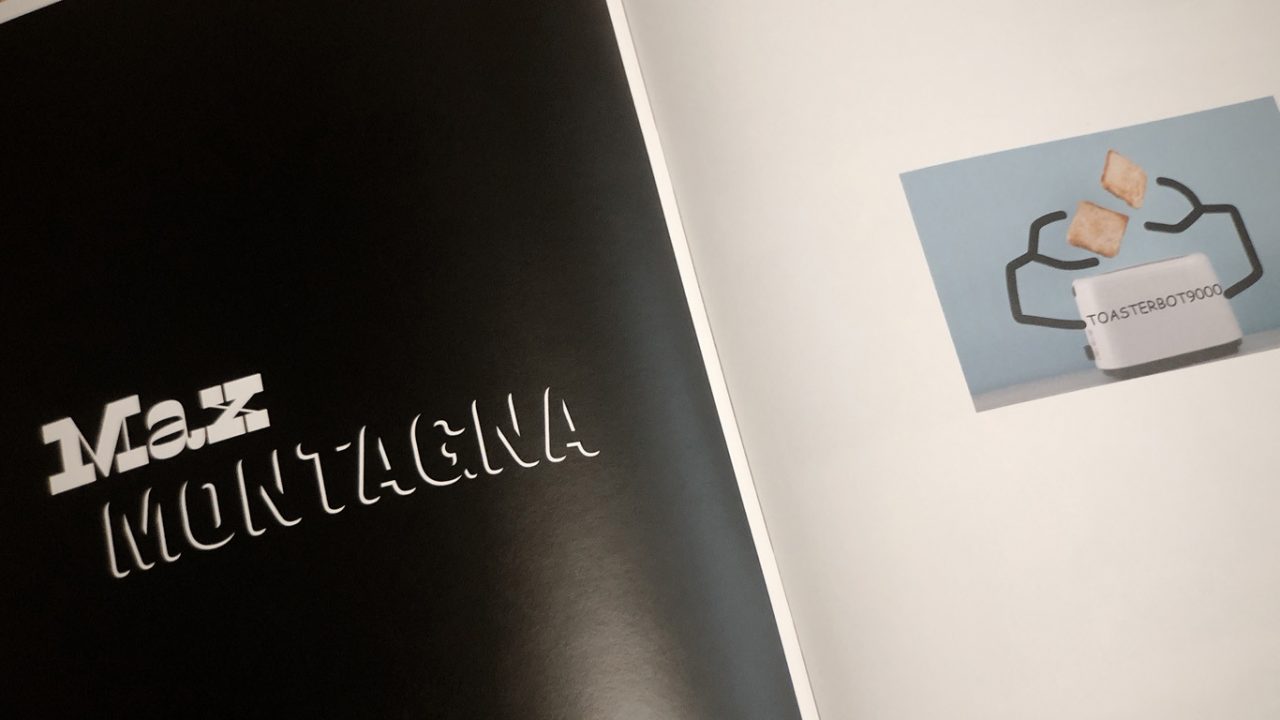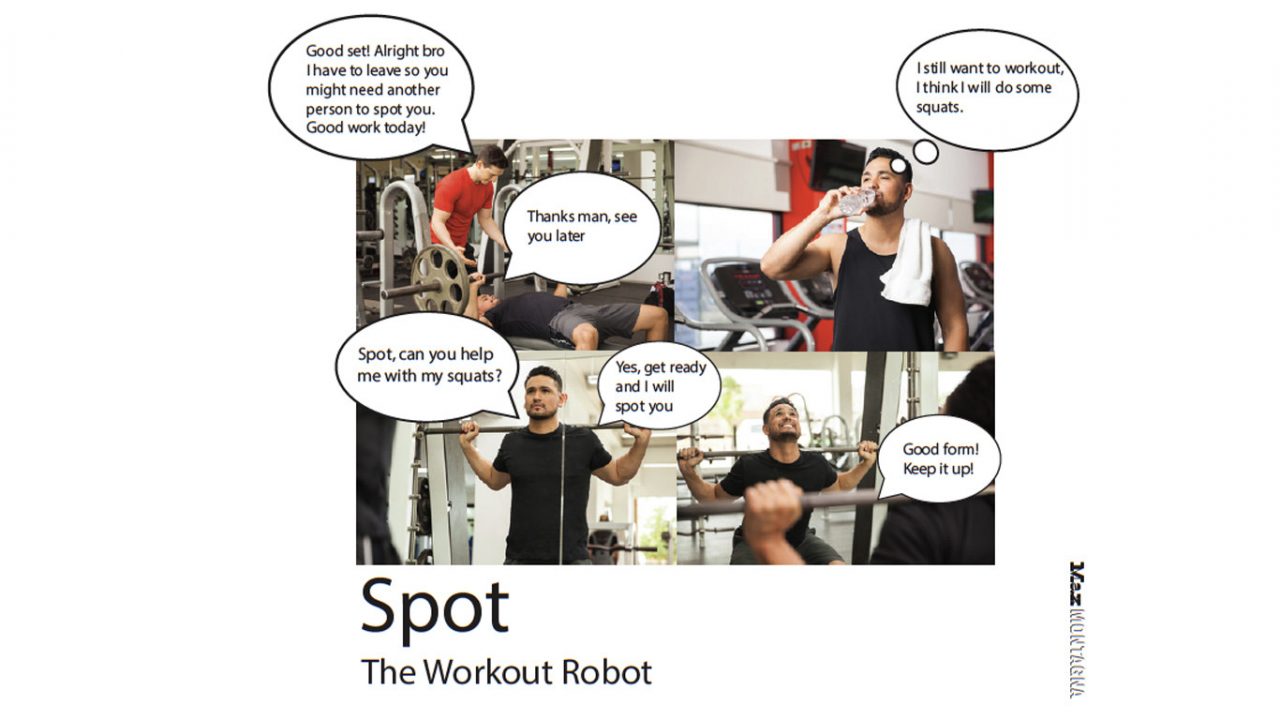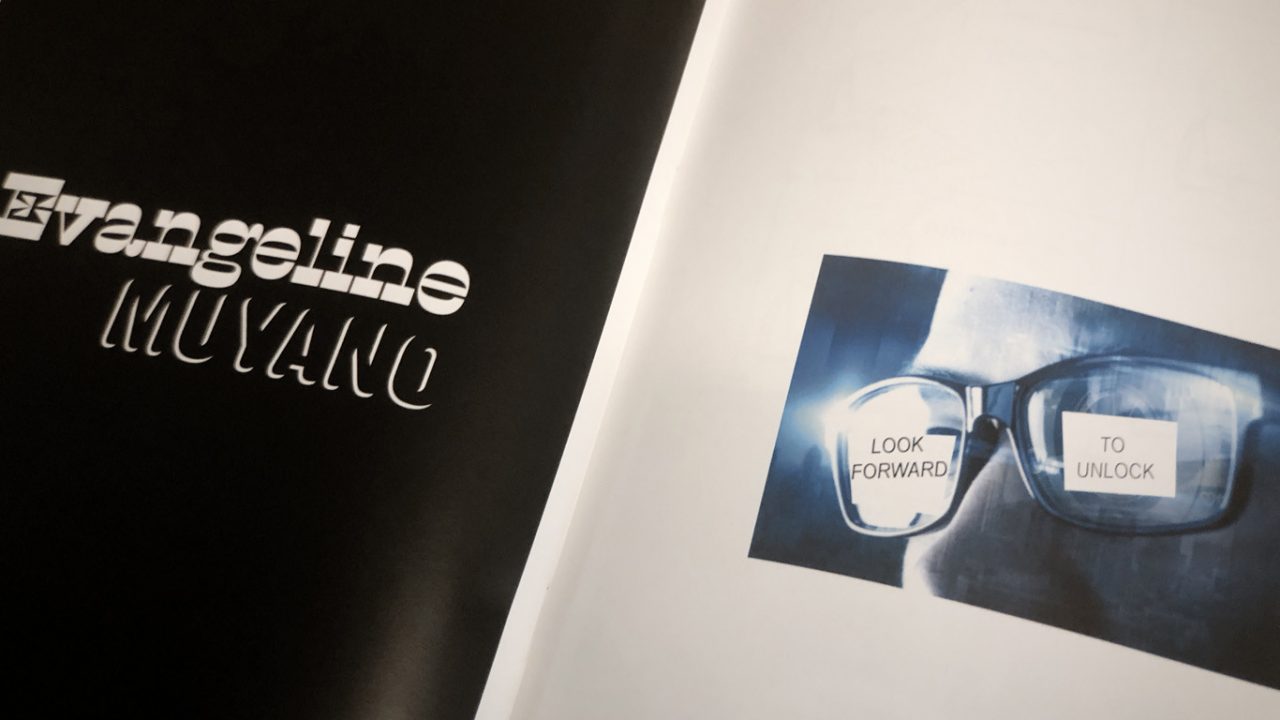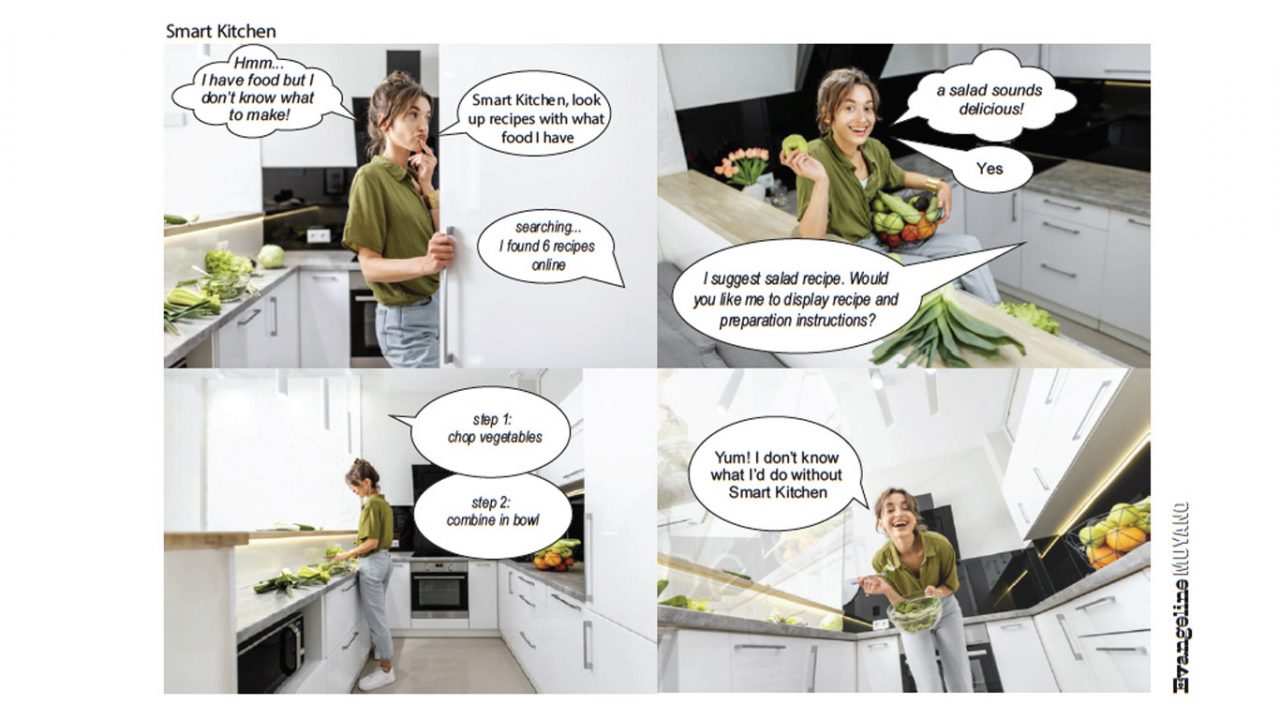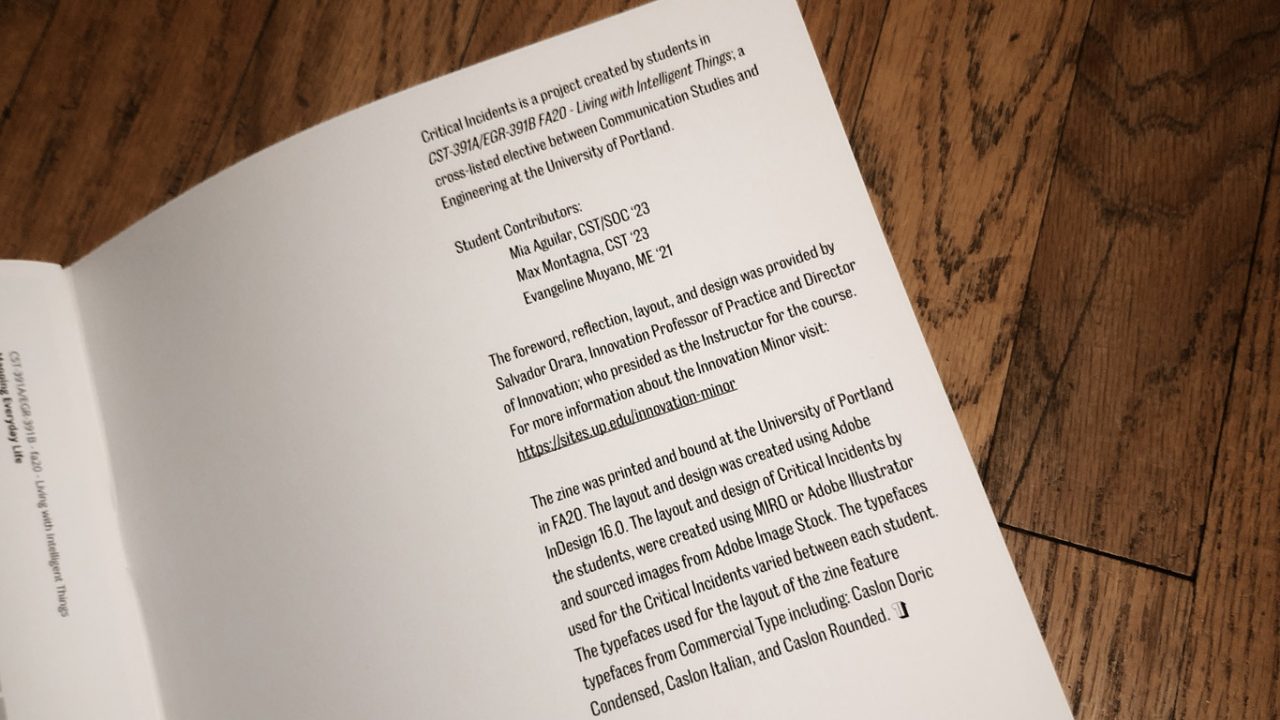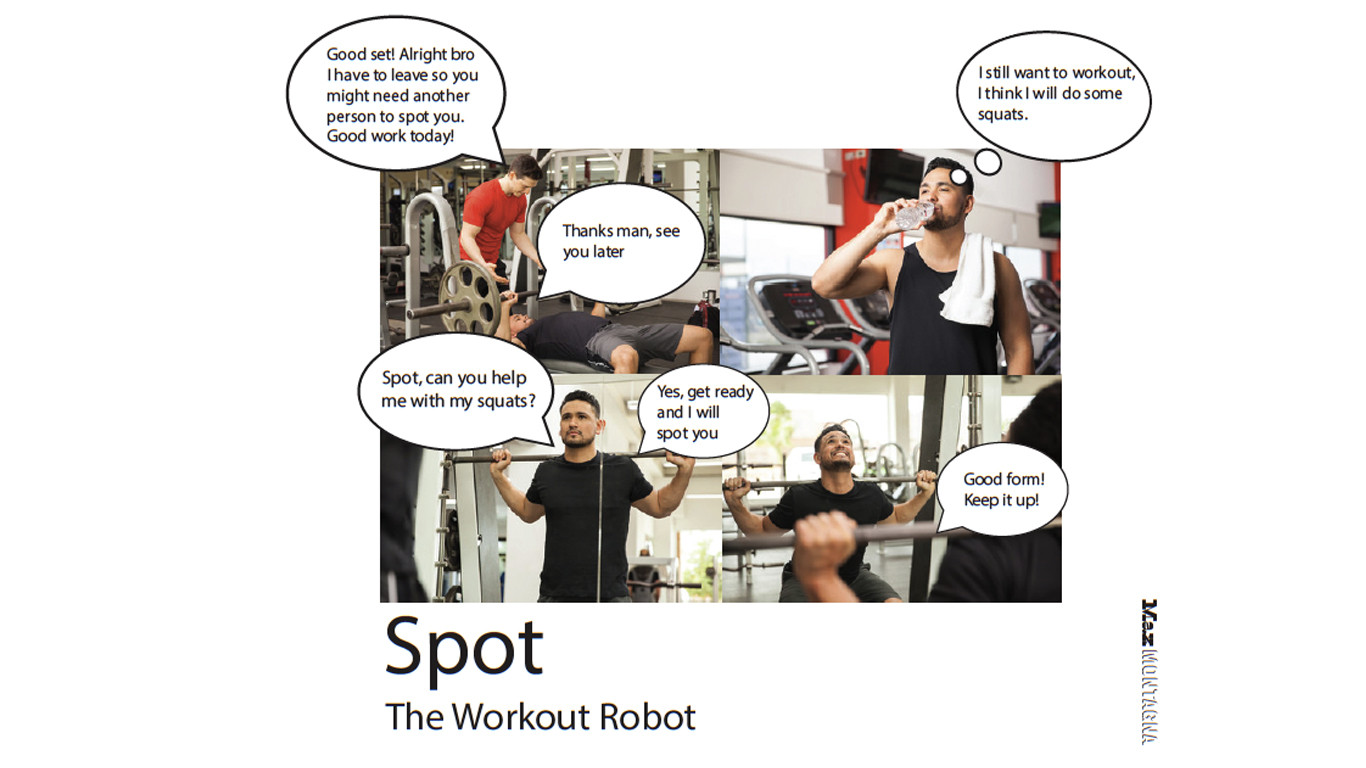Storytelling is a natural human act. Stories connect us to history. Stories connect us to possible futures. While there is much to be said about stories and history, it is our connection to possible futures which is of primary focus. For centuries cultures have thrived and failed in the creation and sharing of stories. “Critical Incidents” is specifically focused on stories that connect us to that which we don’t understand.
As technological advancements and specifically Artificial Intelligence (A.I.) impact the creation of products, services, and experiences within the artificial world, there is a topic of interest supported by a challenge by Philip van Allen:
“There is an urgent need to develop generative and effective methods that explore the consequences of design choices when creating AI systems, including consideration of the new ecologies they create. This is an interaction-design meta-task– not just designing for AI, but also designing HOW to design for AI.”
Philip van Allen, Animism in Design: Creating an Internet of Quirky Things
Developing A.I. is the new surrealism. It is the chaotic work of inventing reality by juxtaposing supernatural experiences alongside the attrition of products, systems, and services that support the same human needs and wants within everyday life, all through the curation and attenuation of data. A.I. has already found its way into our lives and soon it will become more prevalent in ways that seemingly make our lives better, fitter, happier, and more productive. In the context of higher education, there should be a call to have a basic understanding of how A.I. will impact professional ventures and the everyday futures our students will find themselves living in.
This is design as inquiry. It is a hyper focus on the emotional impact of technology and thereby shedding light to value and meaning of such implementations. “Critical Incidents” are snippets of larger stories. While not explicitly tied to one another, these vignettes do take place under the lens of everyday life and represent strengths, weaknesses, opportunities, and the threats of A.I.. The outcomes of this project questioned the true definition of societal needs, the future of engineering specifications, and the communication tactics needed in order to understand the ideas of the future and how to create a seat at the table in shaping it.
Project Setup
Students were given a description and example of critical incidents from Universal methods of Design by Bella Martin and Bruce Hanington. Typically used a method of qualitative research, the method was assigned as mode of inquiry and speculation – we used it to create something rather than uncover factual data. In addition to the description of the method a brief introduction to using Adobe Illustrator was also provided. None of the students in the class had taken a graphic design course.
Learning Outcomes
- Students will develop an understanding and a point of view of the future applications of artificial intelligence and machine learning
- Students will gain simple sketching and prototyping skills for visualizing and communicating ideas in 2D and 3D forms
- Students will expand their abilities in persuasive communication through storytelling, presentation, and other communication modalities
- Students will be exposed to specific technologies for prototyping machine learning models
Resources
- Marenko, B., van Allen, P., (2016). Animism in Design: An Internet of Quirky Things. (Web) www.1984boldideas.com
- Martin, B., Hanington, B., (2012). Universal Methods of Design: 100 ways to research complex problems. Develop innovative ideas, and design effective solutions. Rockport Publishing.
Deliverables
- Every week each student was to submit 1 critical incident of any context and any pre-existing or fictional thing.
- All critical incidents were submitted as 8.5×11 inch PDF documents.
All submissions were compiled into an 8.5×11 saddle stitch booklet with a simple typographic treatment, a written Foreward, and a Reflection statement by the instructor of the course (Salvador Orara).
The booklet was then printed by the UP Campus Print Shop.
Due to COVID-19 restrictions, the entire course and project was conducted remotely online during the Fall semester of 2020.
